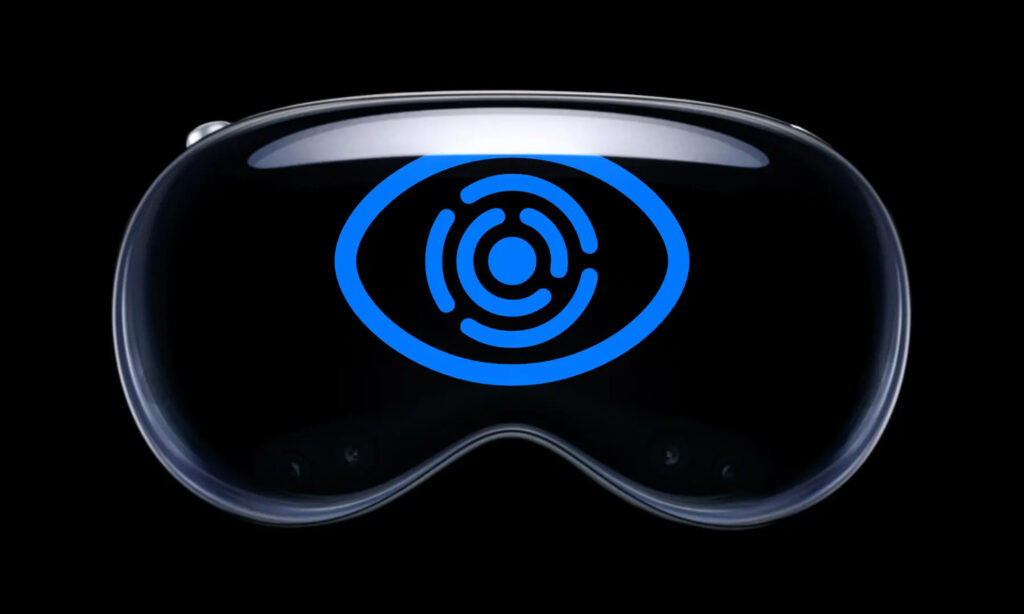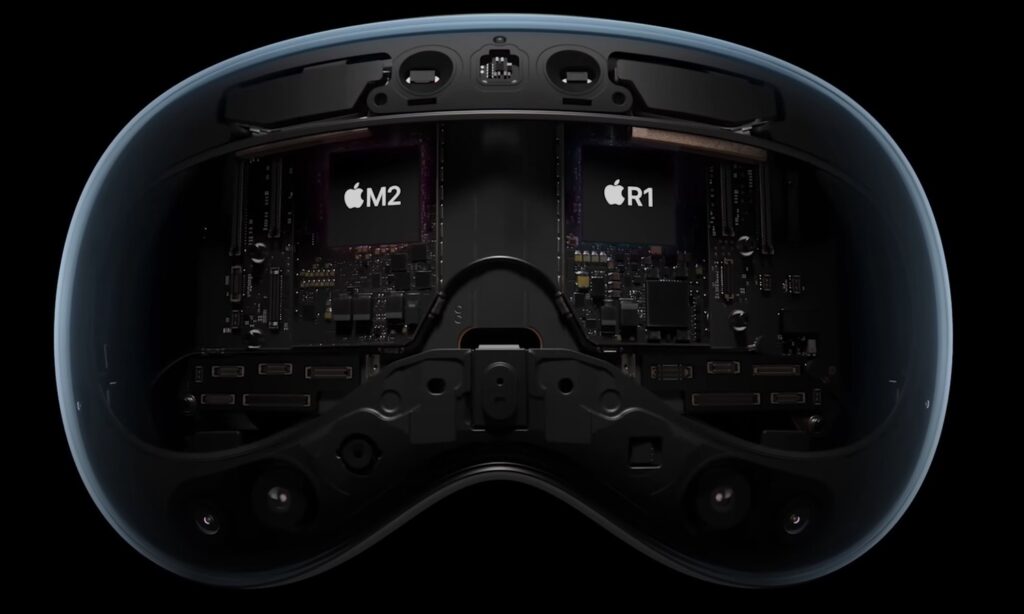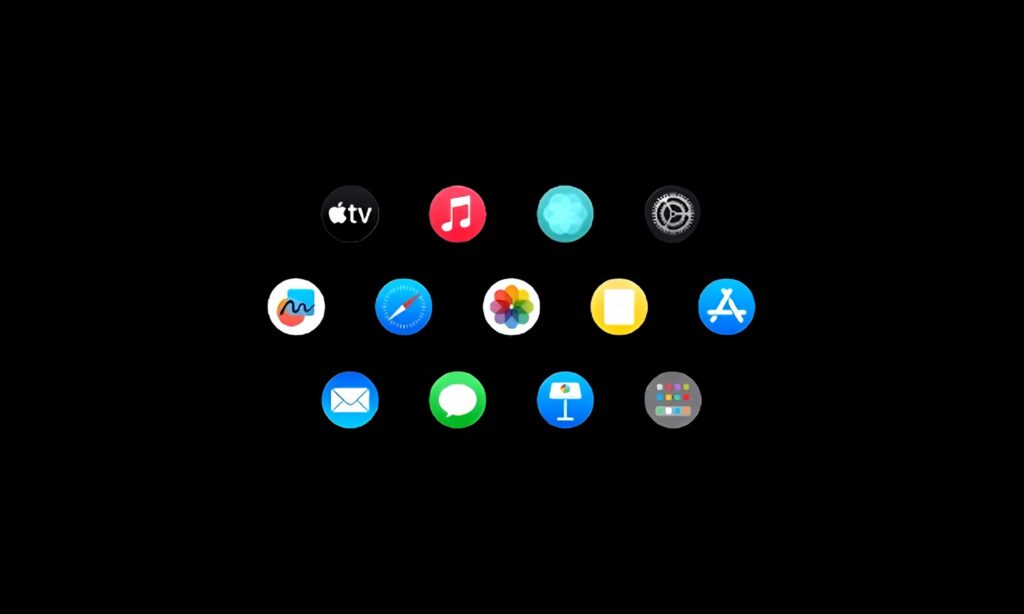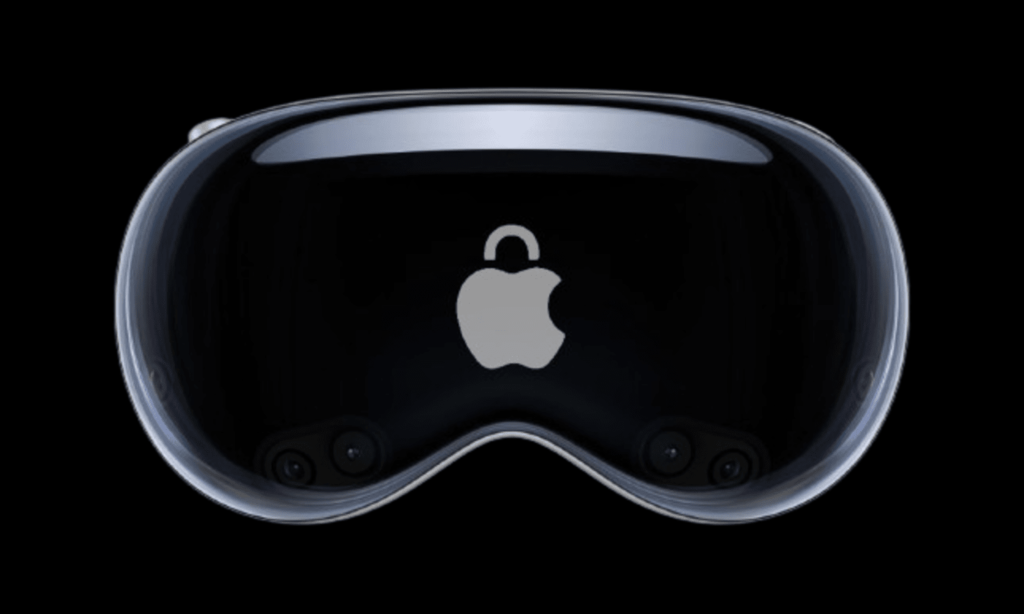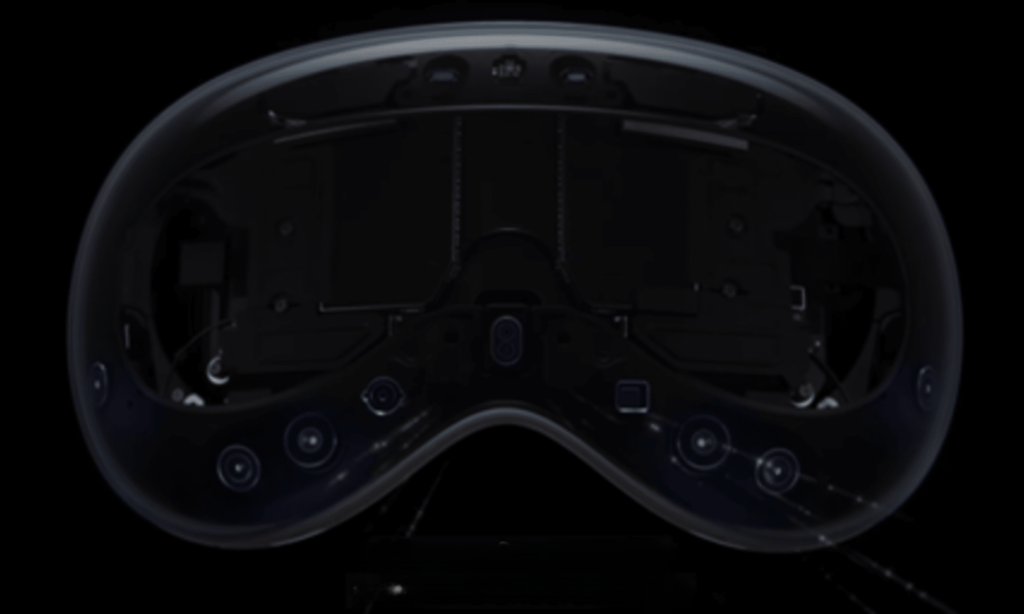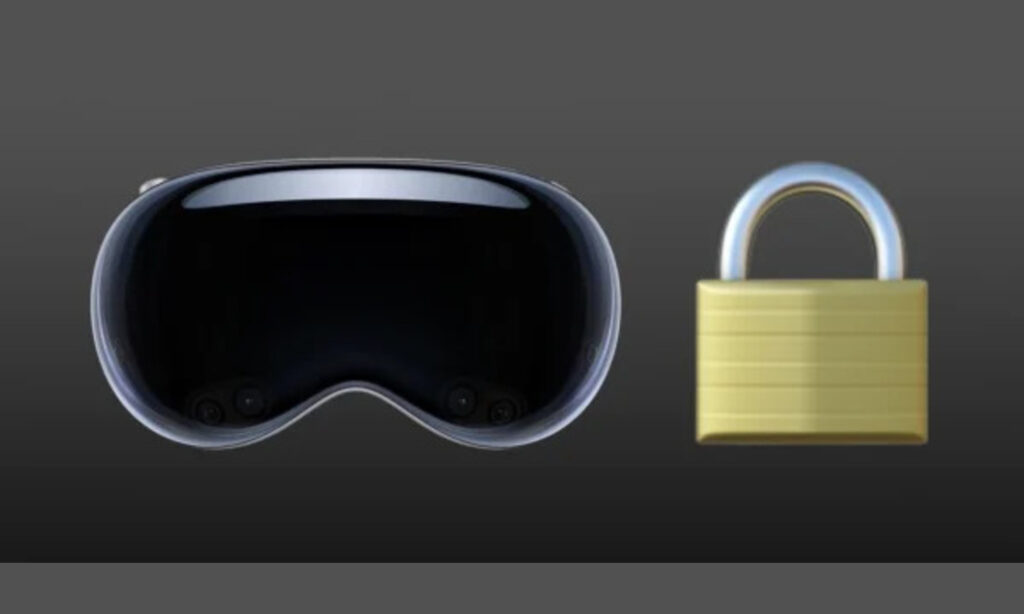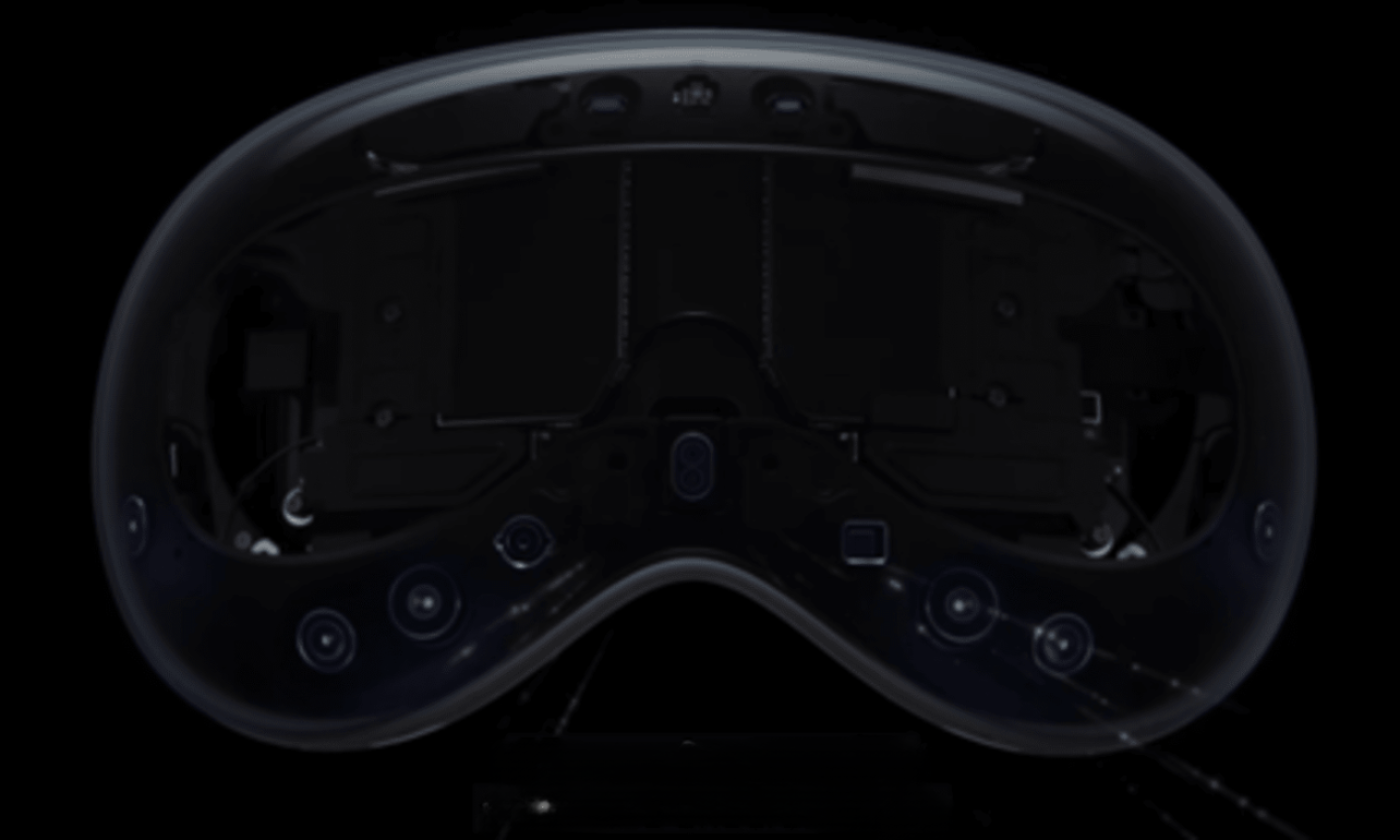The Apple Vision Pro’s LiDAR Scanner uses modern sensor technology to detect and range light. It is a critical element that enhances the device’s augmented reality (AR) experiences, spatial mapping, and object-detection capabilities. In this complete overview, we’ll look at what the LiDAR Scanner is, how it works with the Apple Vision Pro, and its sophisticated features, specifications, and built-in technology. The device could have a LiDAR (Light Detection and Ranging) scanner, similar to those found on contemporary iPhone and iPad models. LiDAR technology produces laser beams and measures the time it takes them to return, resulting in comprehensive depth maps of the environment. This allows for fast and accurate spatial mapping, real-time object identification, and increased AR performance by delivering precise depth information to AR apps.
What is a LiDAR Scanner?
LiDAR is a remote sensing technique that uses light in the form of a pulsed laser to determine varying distances to the Earth’s surface. LiDAR scanners fire laser beams and monitor how long it takes for the light to return after striking objects in the environment. This data is utilized to generate detailed 3D maps of the surroundings, allowing for precise spatial comprehension and item detection.
How Does the LiDAR Scanner Work in Apple Vision Pro?
The LiDAR Scanner in the immersive device sends laser beams at objects in the surroundings and measures how long it takes for the light to reflect. By computing the time-of-flight of these laser pulses, the scanner can precisely measure the distance to each object. This information is then utilized to generate a detailed depth map of the surroundings, which is useful for augmented reality applications, spatial mapping, and object recognition.
Some Advanced features of the LiDAR scanner:
- Real-time Depth Mapping: The LiDAR Scanner supports real-time depth mapping, allowing the device to precisely capture the spatial architecture of the surroundings. This enables fully immersive AR experiences in which virtual items interact seamlessly with the actual world.
- Improved AR performance: By providing exact depth information, the LiDAR Scanner improves the performance of AR applications on the Vision Pro. Virtual items can be precisely positioned and anchored in the physical world, providing more realistic and immersive experiences.
- Fast and Accurate Object Detection: The LiDAR Scanner provides quick and accurate object identification, allowing the device to identify and track items in its surroundings. This is especially beneficial for applications requiring indoor navigation, obstacle avoidance, and augmented reality gaming.
- Low-light Performance: The LiDAR Scanner performs admirably in low-light circumstances, thanks to its capacity to emit and detect its light pulses. This allows accurate depth measurements even in difficult lighting conditions, increasing the device’s utility in a variety of circumstances.
Applications of LiDAR Scanner:
- Augmented Reality (AR): The LiDAR Scanner allows for the production of immersive AR experiences by correctly positioning virtual items in the real environment. Users can engage with virtual content that blends smoothly into their environment, improving gaming, entertainment, and instructional applications.
- Spatial Mapping: LiDAR Scanner technology generates comprehensive 3D maps of indoor settings that can be utilized for navigation, localization, and mapping purposes. These maps give critical spatial awareness and context for robotics, self-driving cars, and indoor navigation systems.
- Object Detection and Tracking: The LiDAR Scanner enables fast and accurate object identification and tracking, making it perfect for robots, self-driving cars, and surveillance. It allows for the identification of obstructions, pedestrians, and other things in the environment, increasing safety and situational awareness.
- Environmental Monitoring: LiDAR scanner technology is utilized for environmental monitoring in fields such as forestry, agriculture, and urban planning. It allows for the measurement of terrain elevation, vegetation structure, and land cover, resulting in vital data for environmental management and conservation activities.
Advancements and Future Prospects:
- Miniaturization and Integration: Advances in LiDAR technology are allowing for the creation of smaller, more compact LiDAR scanners that can be integrated into a variety of devices, including smartphones, drones, and wearables. This trend of downsizing and integration makes LiDAR technology more accessible and adaptable.
- Multi-Sensor Fusion: Future LiDAR systems may include numerous sensor modalities, including cameras, radar, and inertial sensors, to improve depth estimation accuracy, resilience, and coverage. Multi-sensor fusion approaches combine data from multiple senses to overcome restrictions and gain a more thorough view of the situation.
- Automotive and Robotics Applications: LiDAR technology is increasingly being employed in automotive and robotics applications for tasks such as object detection, localization, and navigation. Advances in LiDAR sensor technology are propelling the creation of safer and more efficient autonomous vehicles, drones, and industrial robots.
- AI and Machine Learning Integration: LiDAR data may be processed and analyzed with AI and machine learning algorithms to provide important insights and information about the surroundings. These algorithms enable advanced features including object recognition, scene segmentation, and anomaly detection, which improve the capabilities of LiDAR-based systems.
Specifications of LiDAR Scanner:
- Type: Solid-state LiDAR
- Range: Up to 5 meters for indoor use
- Resolution: Sub-centimeter accuracy
- Scan Rate: High scan rates for real-time depth mapping
- Field of View: Wide-angle coverage for comprehensive scene capture
- Integration: Fully integrated with ARKit for advanced AR experiences
Built-in Technology:
The LiDAR Scanner in the Apple Vision Pro uses cutting-edge hardware and software technologies to deliver its capabilities. This includes bespoke sensor modules, high-speed laser emitters, and detectors, as well as sophisticated signal processing algorithms. The scanner is tightly integrated into the device’s operating system and AR software ecosystem, allowing for smooth interaction with ARKit and other AR frameworks.
Finally, the LiDAR Scanner is a game-changing feature of the Apple Vision Pro, boosting its augmented reality, spatial mapping, and object identification capabilities. With its real-time depth mapping, increased AR performance, and quick object detection capabilities, the LiDAR Scanner allows users to engage with digital material and interact with their surroundings in whole new ways. Whether used for gaming, productivity, or exploration, the Vision Pro’s LiDAR Scanner provides unrivaled levels of immersion and interactivity, establishing a new standard for augmented reality gadgets
